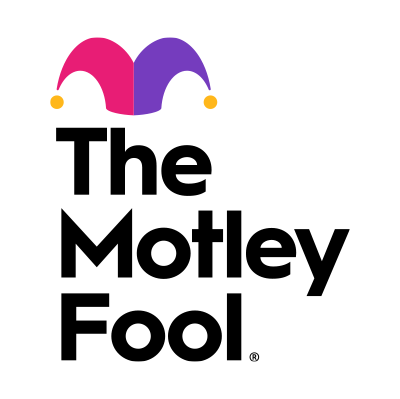
As a self-employed individual, you probably know you can open and fund a small-business owner retirement plan. But you may need some help getting started. In previous articles, I’ve discussed the SEP IRA and solo 401(k) business retirement plans. Today we’ll take a closer look at the SIMPLE IRA, specifically the advantages, considerations, and SIMPLE IRA rules.
SIMPLE IRA primer
The SIMPLE (savings incentive match plan for employees) IRA is a low-cost, easy-to-administer retirement plan for businesses with up to 100 employees or for self-employed individuals. SIMPLE IRAs offers tax-deductible contributions, tax-deferred earnings, and a wide range of investment options.
Any type of business, including sole proprietors, partnerships, or corporations, can set up a SIMPLE IRA. One advantage of the SIMPLE IRA is that it’s a salary deferral plan with both employee and employer contributions. Employees can decide how much to contribute, and you as the employer must also make contributions. Another key benefit of the SIMPLE IRA is that it can potentially save your business a lot of money in taxes every year.
Contribution rules
SIMPLE IRA contribution limits are generous. Employees can make pretax salary deferral contributions up to $12,000 in 2014, or $14,500 if age 50 or older. As the employer, you must make either a dollar-for-dollar match of salary deferrals up to 3% of a participant’s compensation or a non-elective contribution equal to 2% of each eligible employee’s compensation. The maximum amount of employee compensation used in determining contributions is $260,000 for the 2014 tax year. Contributions to SIMPLE IRAs are always 100% vested, or owned, by the employee.
Eligibility rules
An employee who earned at least $5,000 compensation in any two previous years and is expected to receive $5,000 in compensation in the current year is eligible to participate. The employer may be able to exclude union employees but cannot exclude part-time employees from SIMPLEs.
Withdrawal and distribution rules
SIMPLE contributions and earnings can be withdrawn at any time. But a withdrawal is taxable in the year received. If a participant makes a withdrawal before age 59-1/2, a 10% early withdrawal penalty generally also applies. If this withdrawal occurs within the first two years of participation, the 10% penalty is increased to 25%.
SIMPLE contributions and earnings must eventually be distributed. Beginning at age 70-1/2, required minimum distributions must be taken annually, as with traditional (but not Roth) IRAs. Loans from SIMPLE IRAs are not permitted.
Establish a SIMPLE IRA today
Unfortunately, it’s too late to open and fund a SIMPLE IRA for the 2013 tax-filing year. But existing businesses have until Oct. 1 to open a SIMPLE IRA for 2014. It’s never too early to get a jump on the next tax year.
If a SIMPLE IRA makes sense for your business, be sure to review the SIMPLE IRA rules carefully before getting started. Then consider establishing one before the deadline. Check out more information about SIMPLE IRAs directly from the IRS. Then be sure to explore brokerage firms that can help you set up a plan today.
